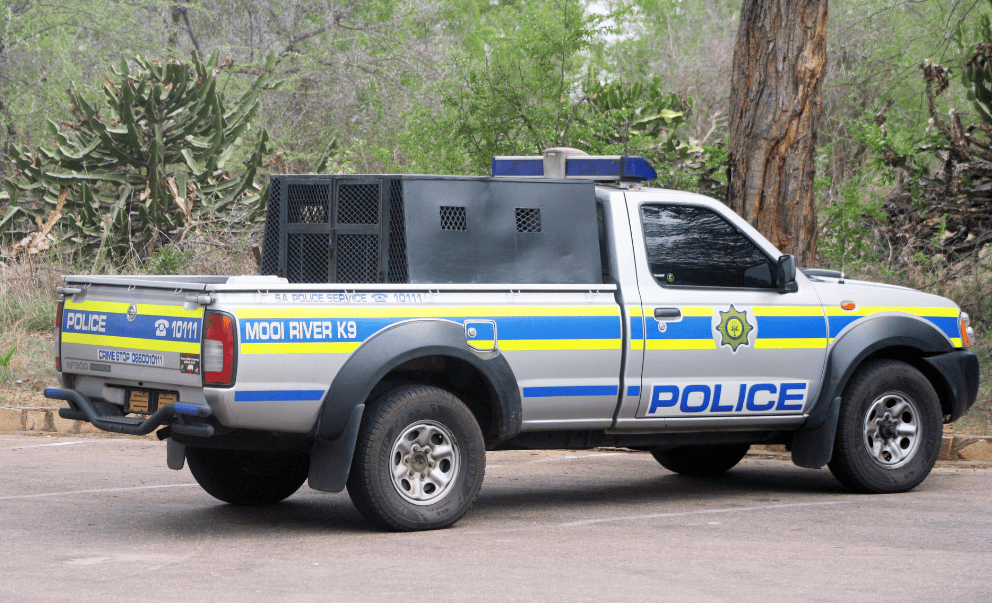In high-stakes search operations, few resources are as reliable as a well-trained K9 tracking team. Whether it’s a missing child, lost hiker, or potential crime scene, dogs trained for scent discrimination and tactical tracking offer unmatched precision and speed. The role of a K9 unit in these missions is both vital and highly specialised.
Starting with the Right Dog: Green and Semi-Trained Prospects
The role of a K9 in tracking starts long before deployment. Dogs are carefully selected for their drive, focus, and scenting ability. Trainers often begin with green or semi-trained dogs—typically working breeds like German Shepherds or Belgian Malinois.
These dogs undergo intensive training to follow human scent trails across varied terrain. Scent discrimination is a key skill. A dog must learn to ignore other human scents and follow the unique trail of a specific missing person. Trainers use scent articles like worn clothing or bedding to imprint the correct odour.
Beyond the Basics: Precision Through Advanced Drills
Many tracking dogs start with foundational obedience and patrol training. But for search and rescue operations, dogs and handlers go further. Advanced tracking drills simulate real-world conditions, such as navigating urban environments, responding to ageing scent trails, and tracking across water or road surfaces.
The dogs are taught to stay focused on the task despite distractions like other people, wildlife, or harsh weather. Drills often include night searches, scent pooling scenarios, and trailing with multiple decoys.
Real-World Deployments: When Minutes Matter
In South Africa, trained K9 teams often assist SAPS and private agencies in urgent situations. For example, a trained tracking dog can follow a missing hiker’s scent through fynbos-covered slopes, or locate a lost child in dense urban areas. Speed is critical, and the accuracy of the dog’s work can be the difference between life and death.
Common working breeds include Malinois, German Shepherds, and sometimes Bloodhounds, chosen for their exceptional noses and work ethic. These dogs can track for hours if well-conditioned and properly handled.
Best Practices for Agencies Using K9 Units
To ensure operational success, agencies should follow key guidelines:
- Certification: Handlers must hold at least a DH2 certificate to ensure basic competence in patrol and control work.
- Ongoing Training: Schedule monthly refresher drills to maintain sharpness in both handler and dog.
- Health Maintenance: Regular parasite control, micro-chipping, and vet checks are essential for peak performance.
- Equipment: Proper leads, harnesses, and tracking logs must be standard issue.
K9 units are only as effective as the support behind them. Good training and consistent care ensure readiness when the call comes.
Conclusion: K9 Teams Save Lives
The role of a K9 team in missing person search operations cannot be overstated. These highly trained dogs and their certified handlers combine instinct, discipline, and advanced skill to assist in the most sensitive and urgent missions. For law enforcement, security providers, and emergency services, investing in proper K9 tracking training is not optional—it’s lifesaving.

